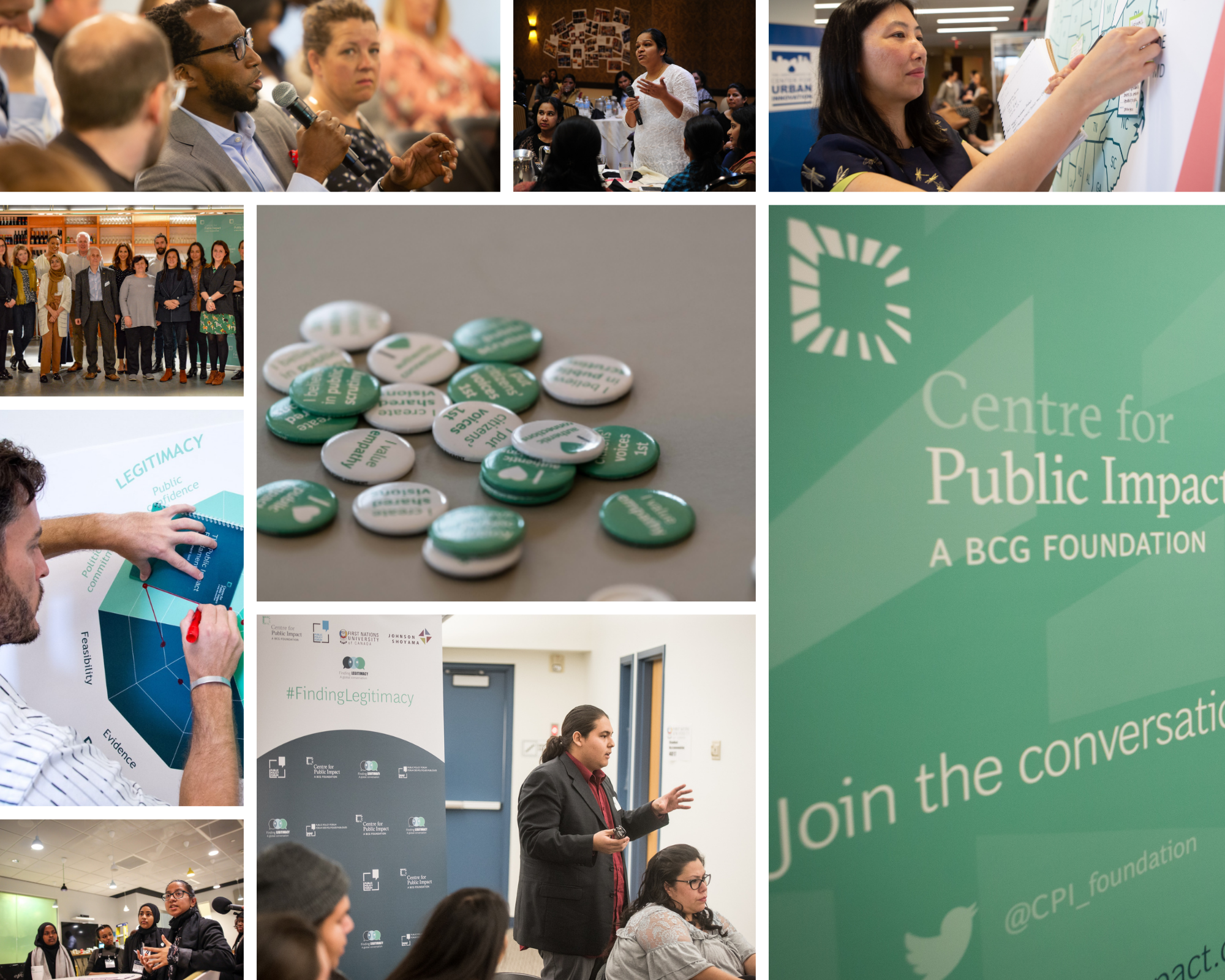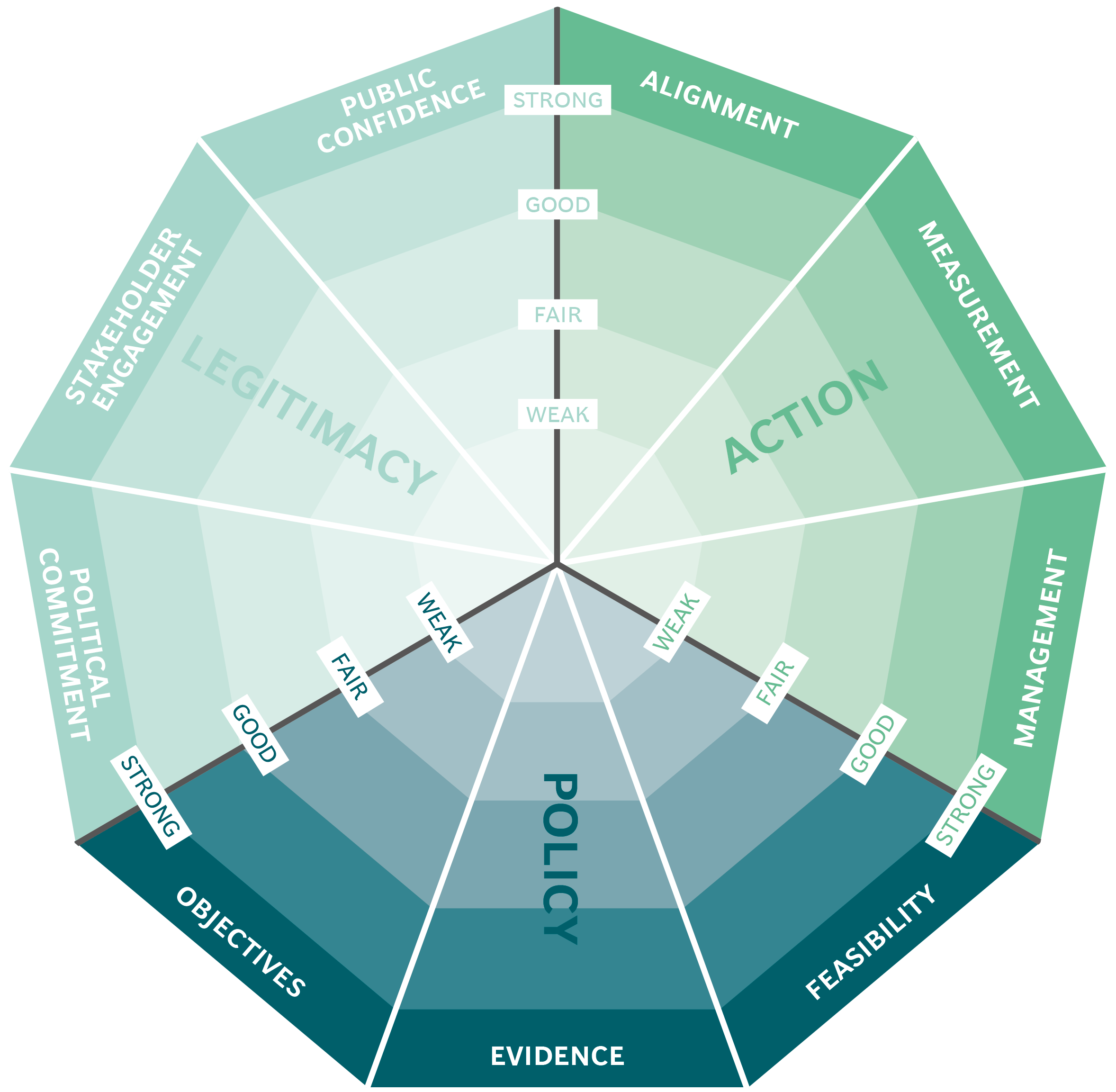
Fostering social cognitive skills in urban youth: the Chicago Youth Gun Violence Initiative
The initiative
In March 2009, the University of Chicago Crime Lab announced the launch of the Chicago Youth Gun Violence Initiative, “a project to address the sobering reality that homicide claims more lives of black males aged 15-24 in the United States than the next nine causes of death combined”. [3] The Lab created “a city-wide design competition, which sought proposals from local government agencies, non-profit organizations and faith-based organizations for promising ideas about how to reduce crime and violence among Chicago youth”. [4] The chosen project was a “partnership with two local community organizations, Youth Guidance and World Sport Chicago, to launch a new youth violence prevention program and evaluation”.
Youth Guidance was selected because of its “innovative Becoming a Man (BAM) ... Program, which seeks to help youth develop coping skills for managing situations that might otherwise lead to violence and other negative outcomes including school failure”. Many programmes focus on developing ‘social cognitive skills' in early childhood. Instead, BAM focuses on helping young males from the ages of 10 upwards to develop these skills, which are defined by the Crime Lab as including: “emotional regulation, interpersonal problem-solving, conflict management, control of stress response, coping skills, goal-setting and attainment, [and the] ability to evaluate consequences.”
BAM provides programmes that focus on developing these skills. The initiatives in schools includes group counselling and mentoring sessions, after which the attendees are asked to take on a homework assignment that involves practising a skill that they learned in the session. The after-school programme focuses on sporting activities, such as, archery, fencing, handball, martial arts, rugby and wrestling.
The challenge
Improving the long-term life outcomes of disadvantaged youth, and helping them avoid involvement in crime, remains a top policy priority throughout the US. However, identifying successful interventions for adolescents - particularly males - has proved difficult. “Studies have found that children living with chronic stress, including stress related to exposure to violence in their community, experience challenges with developing non-cognitive or ‘social cognitive skills'.” [1]
This applies in the majority of big American cities, and Chicago is no exception. In many of its low-income communities, there are high levels of poverty and deprivation and violence, and there is a particular problem with gun crime. “A total of 510 people were murdered in Chicago during 2008. Eighty percent of these victims were killed by gunfire. Nearly half were between the ages of 10 and 25, and the vast majority were male. The dramatic overrepresentation of both young males and firearms in homicide is not unique to Chicago.” [2]
The public impact
According to Youth Guidance, BAM is currently working with more than 1,500 male youths in about 40 schools in Chicago. “During the year in which the BAM program was evaluated, violent crimes arrests were reduced by forty-four percent. Further, the program reduced weapons crime and vandalism by thirty-six percent.” [5] BAM succeeded in improving school engagement and performance by “a ten to twenty-three percent graduation rate increase”.Stakeholder engagement
The main stakeholders for the initiative were the University of Chicago, in particular its Crime Lab, Youth Guidance, World Sport Chicago, the Chicago Urban Education Institute Lab, the Chicago public schools, including the students themselves, and the police. All the actors were highly motivated to support the policy. There was US$1 million in funding from the Joyce, MacArthur, McCormick and Spencer foundations, the Chicago Community Trust, ComEd Corporation, and the National Institute of Health.
In order to evaluate the initiative, researchers from the Crime Lab used administrative records from Chicago public schools and justice system records from the Illinois State Police.
Political commitment
Rahm Emanuel, the mayor of Chicago, showed considerable interest in the initiative, and funding from government organisations - as well as charitable foundations - was obtained to make the change happen. In February 2013, Mayor Emanuel announced the award of US$2 million to offer the programme to more students in Chicago.
There was also a high-level federal commitment to the programme. In the same month, on 15 February 2013, “President Barack Obama this afternoon attended Youth Guidance's BAM (Becoming A Man™) - Sports Edition session at Hyde Park Academy High School and visited with the 15 students in the programme.” [6]
Clarity of objectives
The ultimate objectives of the initiative were to reduce gun crime among 10- to 25-year-old males in Chicago and give them better life chances. The means of achieving these objectives was to improve their social cognitive skills. These were clearly stated and have been consistently maintained throughout what is still an ongoing programme.Strength of evidence
The University of Chicago's Chicago Youth Gun Violence Initiative selected of BAM as the principal component of its initiative as a result of a city-wide competition. There were “over 30 outstanding proposals from a broad range of organizations doing important work all across our city. With the assistance of an advisory selection board that included representatives of the local philanthropic community, service providers, and community members” [7] the partnership of Youth Guidance and World Sports Chicago was selected.
Once the initiative had begun, the Crime Lab's evaluation was very positive and well researched. They found that after only six months of the initiative, participants' maths test scores had improved to a degree that would normally have taken an average of three years' schooling and that they had failed fewer courses, attended school more frequently, and were more likely to be on track to graduate.
Feasibility
The initial assessment of feasibility took place in the evaluation of the BAM proposal. There was sufficient funding for the initial work. It was found that “the Crime Lab's work on the BAM programme - research at the intersection of behavioural economics, criminology, and developmental psychology - has shown that it is possible to reduce rates of youth violence at relatively low cost through programming that gets youth to slow down and behave less automatically in high-stakes situations”. [8]
During the pilot studies the Crime Lab researchers estimated that the cost of BAM was US$1,100 per student. In further estimating that the programme could increase graduation rates from ten to twenty-three percent, the authors found that this could provide a benefit to society of US$49,000 to US$119,000 per participant ( from an increase in their lifetime earnings and tax payments and decreased use of public benefits).
As the programme proceeded, and was shown to be successful and affordable, more funding was allocated, as in the additional tranche of US$2 million, provided by Mayor Emanuel in February 2013.
Management
The initiative was organised and managed by Crime Lab, which is led by its director, the economist Jens Ludwig. The partners from Youth Guidance and World Sport Chicago were experienced in their respective fields of youth social work and sports as demonstrated by how they were able to raise significant funding on more than one occasion and raise the programme’s profile to the extent that the mayor and the President became supporters.Measurement
To measure the success of the Youth Gun Violence Initiative, the University of Chicago Crime Lab evaluated its various parameters by conducting surveys, randomised-control studies, and data analysis. “The Crime Lab initiative evaluated BAM using a randomised-control study and indicated that they designed their evaluation like a clinical study conducted in medicine, which the authors note, is rare in crime prevention interventions.” [9]
They used administrative records from Chicago Public Schools and juvenile and adult justice system records from the Illinois State Police. Their results showed that “BAM participation increased schooling outcomes by 0.14 standard deviations during the program year and 0.19 standard deviations in the subsequent year, effects which may translate to a 10 to 23 percent increase in graduation rates relative to the control group once the youth are old enough to graduate. The intervention also reduced violent-crime arrests during the program year by 8.1 per 100 youth, or 44 percent.” [10]
Alignment
The actors, including the University of Chicago Crime Lab, the not-for-profits Youth Guidance and World Sport Chicago, the mayor of Chicago and the Illinois State Police, among others, were well equipped to execute their part and share common goals to make the change happen. The funding, from public administrations and charitable foundations, was made available to keep the programme progressing. In February 2015, Mayor Emanuel announced a US$10 million private investment to expand the Crime Lab’s youth summer employment programme for two years to 2017, an example of his continuing commitment to the Lab’s Prevention programmes.
The Public Impact Fundamentals - A framework for successful policy
This case study has been assessed using the Public Impact Fundamentals, a simple framework and practical tool to help you assess your public policies and ensure the three fundamentals - Legitimacy, Policy and Action are embedded in them.
Learn more about the Fundamentals and how you can use them to access your own policies and initiatives.
You may also be interested in...


Formalising the appointment and compensation of Chile’s senior civil servants

Merit-based Girls Scholarship - Kenya

Primary education management in Madagascar

WHO: delivering insecticide treated nets to control malaria
